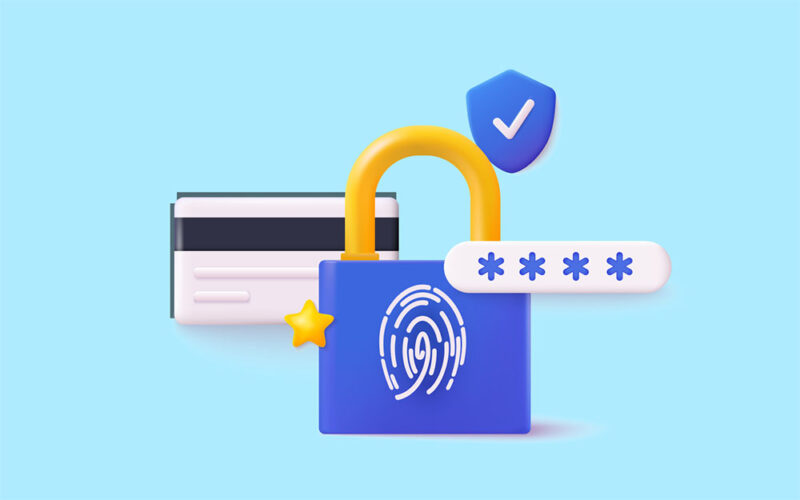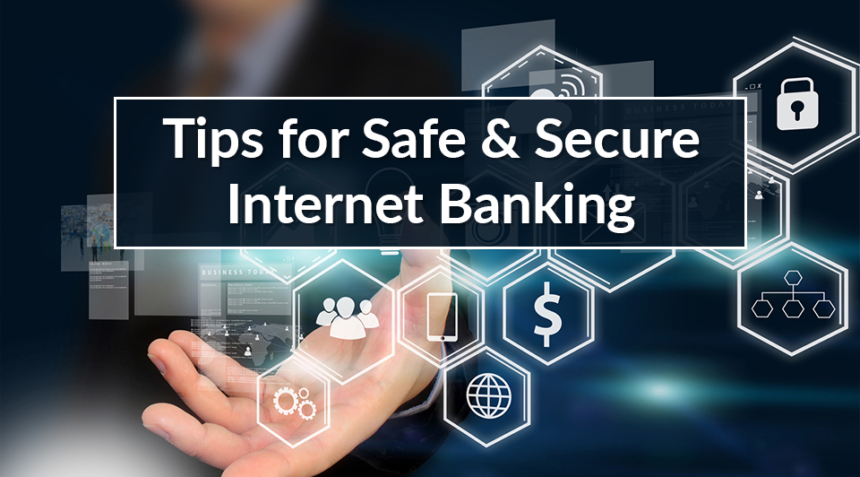In today’s digital age, online banking has become a staple for managing finances. From transferring funds to checking balances and paying bills, online banking services offer unparalleled convenience. However, with the ease of access comes the increased risk of cyber threats.
Ensuring your safety while using online banking services is crucial to safeguarding your personal and financial data. This comprehensive guide will provide practical tips and strategies for staying safe in online banking, so you can enjoy its benefits without compromising security.
Understanding the Risks in Online Banking
Before diving into the measures that can protect you, it’s essential to understand the risks associated with online banking. Cybercriminals have become increasingly sophisticated, targeting vulnerable banking systems and users. The most common threats include:
- Phishing Attacks: Fraudulent emails or messages that trick you into providing personal details or login information.
- Malware: Malicious software that can infect your device, steal your data, or give hackers access to your accounts.
- Data Breaches: Security flaws in banks’ systems or third-party services that may expose your private information.
- Man-in-the-Middle Attacks: When hackers intercept communications between your device and the bank’s website to gain unauthorized access.
Given these risks, it’s clear that you must take proactive steps to protect yourself. Fortunately, there are several effective methods to ensure you stay safe in online banking.
1. Use Strong, Unique Passwords
One of the simplest and most effective ways to safeguard your online banking account is by using a strong password. Avoid obvious choices like your birth date, names, or common phrases. Instead, create a password that’s complex and unique. A good password should contain:
- At least 12 characters.
- A combination of uppercase and lowercase letters, numbers, and special characters.
- No common dictionary words or easily guessable sequences (e.g., “password123” or “qwerty”).
Additionally, consider using a password manager to securely store your passwords, making it easier to generate and retrieve unique passwords for each account.
2. Enable Two-Factor Authentication (2FA)
Two-factor authentication (2FA) adds an additional layer of protection to your online banking account. Even if a hacker somehow obtains your password, they won’t be able to access your account without the second factor. Most banks offer 2FA through methods like:
- Text Message (SMS): A one-time code sent to your phone.
- Authentication Apps: Apps like Google Authenticator or Authy that generate time-based codes.
- Biometric Authentication: Fingerprint or face recognition on your device.
Always opt for 2FA whenever it’s available. This extra step significantly enhances your security and makes it much harder for cybercriminals to compromise your account.
3. Ensure Your Internet Connection is Secure
Using an unsecured or public Wi-Fi network to access online banking services is one of the quickest ways to expose your personal information. Hackers can easily intercept data transmitted over public networks, giving them access to your login credentials and financial details.
To stay safe in online banking, always use a secure, private Wi-Fi connection. If you need to access your bank account while on the go, consider using a Virtual Private Network (VPN) to encrypt your internet connection, making it harder for hackers to intercept your data.
4. Be Cautious of Phishing Scams
Phishing is a common tactic used by cybercriminals to steal your personal information. They often pose as your bank, sending fraudulent emails or text messages that look legitimate. These messages may contain links that, when clicked, lead to fake websites designed to steal your login credentials.
To protect yourself, follow these tips:
- Never click on links or download attachments from unsolicited emails or messages.
- Verify any communication by contacting your bank directly through their official website or customer service number.
- Look for red flags, such as spelling errors, suspicious URLs, or urgent requests for personal information.
By staying vigilant, you can avoid falling victim to phishing attempts and ensure that your online banking remains secure.
5. Monitor Your Accounts Regularly
Keeping an eye on your bank account activity is essential for catching any unauthorized transactions as early as possible. Most banks offer features like transaction alerts, where you can receive notifications of any activity on your account.
Check your statements regularly, and if you notice anything suspicious, report it to your bank immediately. The quicker you act, the better the chances of preventing financial loss.
6. Update Your Software and Devices

Keeping your devices, operating systems, and banking apps up to date is one of the simplest yet most effective ways to protect yourself. Software developers frequently release updates to fix security vulnerabilities, so installing these updates promptly ensures your device remains secure.
Additionally, install a reputable antivirus program to help detect and remove malware that may compromise your devices. This software can scan for threats and prevent cybercriminals from exploiting your device to access your online banking.
7. Use a Secure Browser
Not all web browsers are created equal when it comes to security. Some browsers may have vulnerabilities that hackers can exploit. To stay safe while using online banking, always use a reputable, up-to-date browser that supports the latest security features.
Furthermore, ensure that you’re visiting the correct website. Look for the HTTPS prefix in the URL, which indicates that the site is using encryption to protect your data. A padlock icon in the address bar is another sign that the site is secure.
8. Log Out After Each Session
When you’re finished with your online banking session, always log out. Simply closing your browser or app may leave your account open, allowing someone else to access it if they gain control of your device.
If you’re using a shared or public computer, make sure to log out of your online banking account completely. If possible, avoid accessing your banking services from shared devices altogether.
9. Set Up Account Alerts
Many banks offer customizable alerts that notify you of any activity on your account, such as withdrawals, transfers, or login attempts. Setting up these alerts ensures you’ll be immediately informed if something suspicious occurs.
Some alerts you might consider setting include:
- Alerts for large transactions or withdrawals.
- Notifications for login attempts from unfamiliar devices or locations.
- Alerts when your account balance drops below a certain amount.
With real-time notifications, you can quickly spot fraudulent activity and take immediate action to protect your finances.
10. Educate Yourself About Online Banking Security
The best way to stay safe in online banking is to continually educate yourself about the latest security threats and trends. Cybercriminals are constantly evolving their tactics, so staying informed is critical to maintaining your security.
Follow trusted security blogs, subscribe to newsletters, and attend webinars to keep up to date with the latest information on protecting your online banking services.
Conclusion
Online banking services provide an incredible level of convenience, but they also present unique security challenges. By following the steps outlined above, you can significantly reduce the risks and ensure that your banking experience remains safe and secure.
Whether it’s using strong passwords, enabling two-factor authentication, or staying vigilant against phishing scams, every precaution you take helps protect your personal and financial data.
Always remember: your security is in your hands. Stay proactive, stay informed, and stay safe while enjoying the benefits of online banking.

